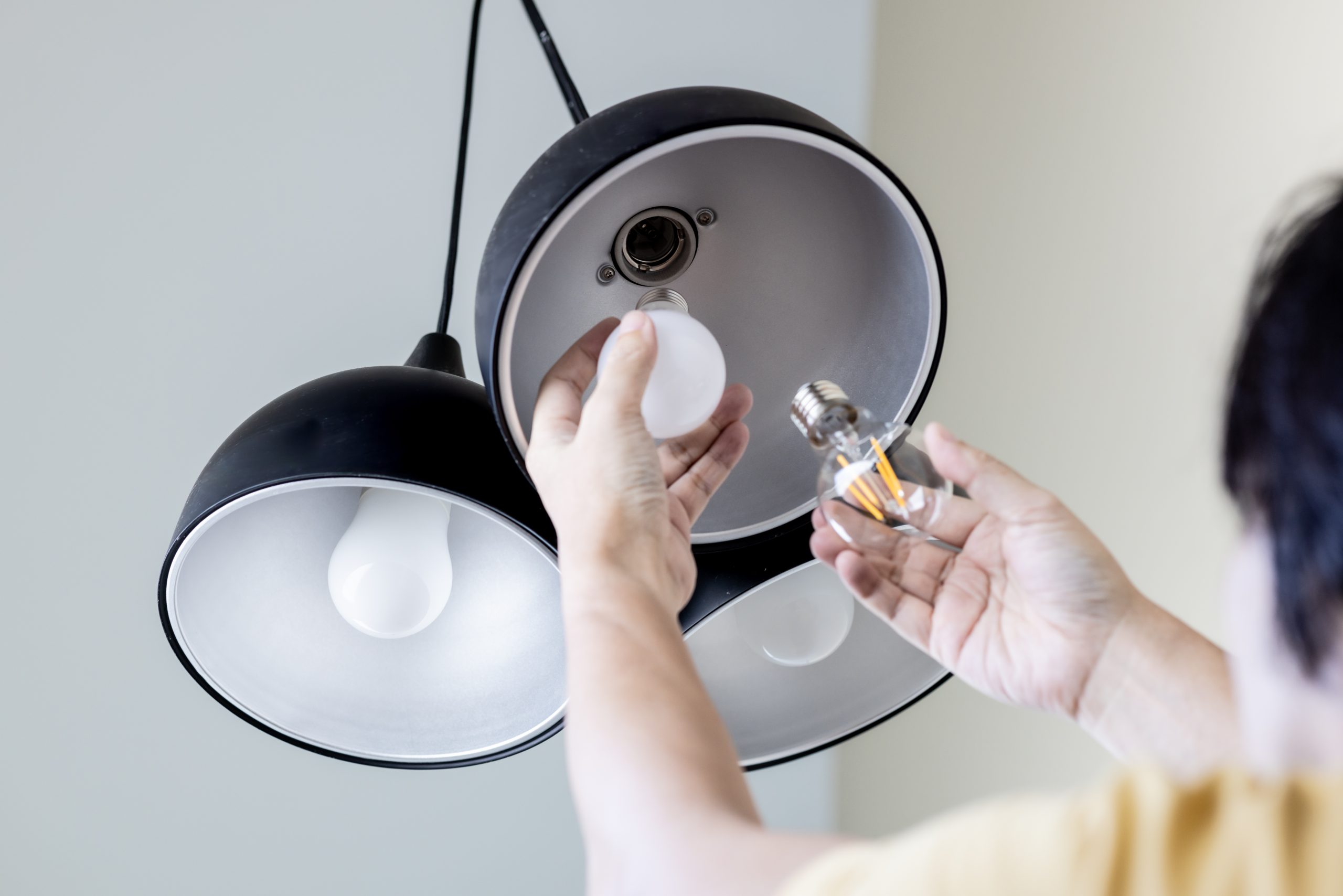
An increasing number of homes are being advertised as “sustainable”, attracting potential buyers who are considering their domestic eco-footprint and its detrimental environmental impact.
But what are the essential features that contribute to making a home sustainable?
Energy ratings can be obtained from organisations such as the Nationwide House Energy Rating Scheme and Green Star, which focuses on new buildings and renovations, including those for units and townhouses.
State governments have their own methods, and the National Built Environment Rating System (NABERS) is an online calculator that assesses energy and water usage based on the last 12 months of utility bills. Ratings are made out of six.
If you want to be more sustainable, these are some of the features to look for in your next home:
Passive design
Cross ventilation using aligned conventional or louvre windows is one of the most obvious signs of passive design. The aim is to create a home that minimises the need to heat and cool it.
Insulate yourself
Installing the highest quality roof insulation will reduce the cost of heating and cooling. Be aware that insulation batts lose their thermal qualities after 10-15 years.
Sunny side up
Visually, solar panels are the most obvious sign of a home embracing sustainability. By themselves, they do not substantiate a claim to true sustainability. Per capita, Australia has more homes with panels than anywhere in the world.
Greywater system
A highly effective feature, recycling wastewater from your laundry, bathroom and shower will significantly reduce water usage. You can use greywater to irrigate your garden and recycle it for toilet flushing.
Harvesting rainwater
An increasing number of new homes come with a water tank. By capturing rainwater, you will help reduce your water bills.
Water-smart toilets
Toilets should feature an efficiency rating of 4 or more.
Light bulb moment
LED lights are a feature of most modern homes now. If traditional fittings remain, energy-saving bulbs should be installed. Their 15W consumption puts out the equivalent of an old-school 75W bulb.
